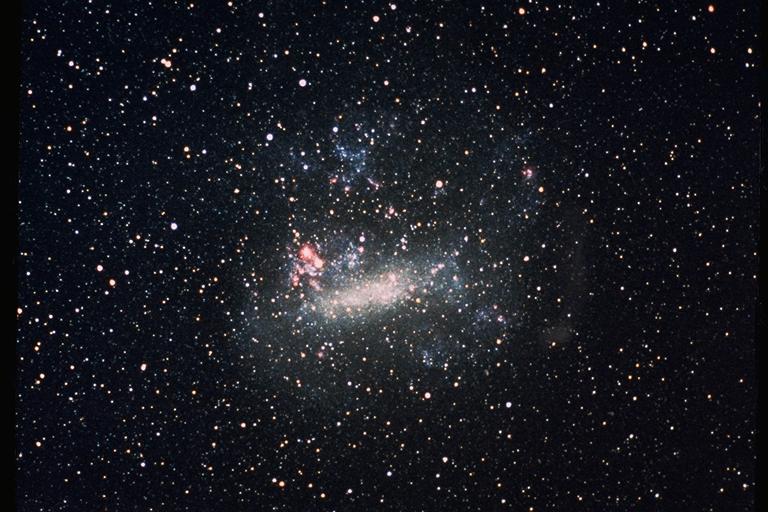When our Sun dies, it will turn into a white dwarf. They are a common aspect of stellar evolution and a team of researchers have now turned their attention onto them. They have just completed a survey of 26,000 white dwarfs and confirmed a long-predicted theory that the hotter the star, the puffier it is! This new study will help us to understand white dwarfs and the processes that drive them.
Hotter White Dwarfs Get Puffier










